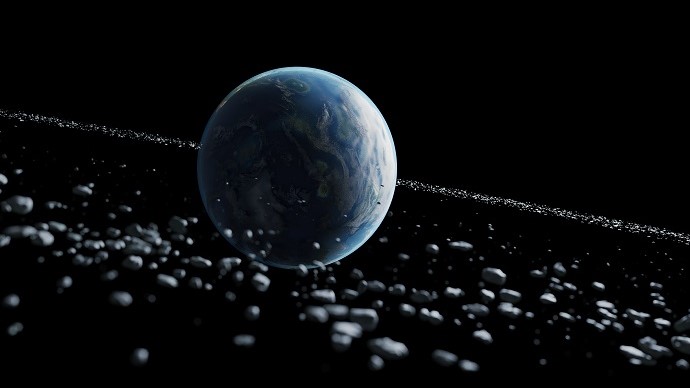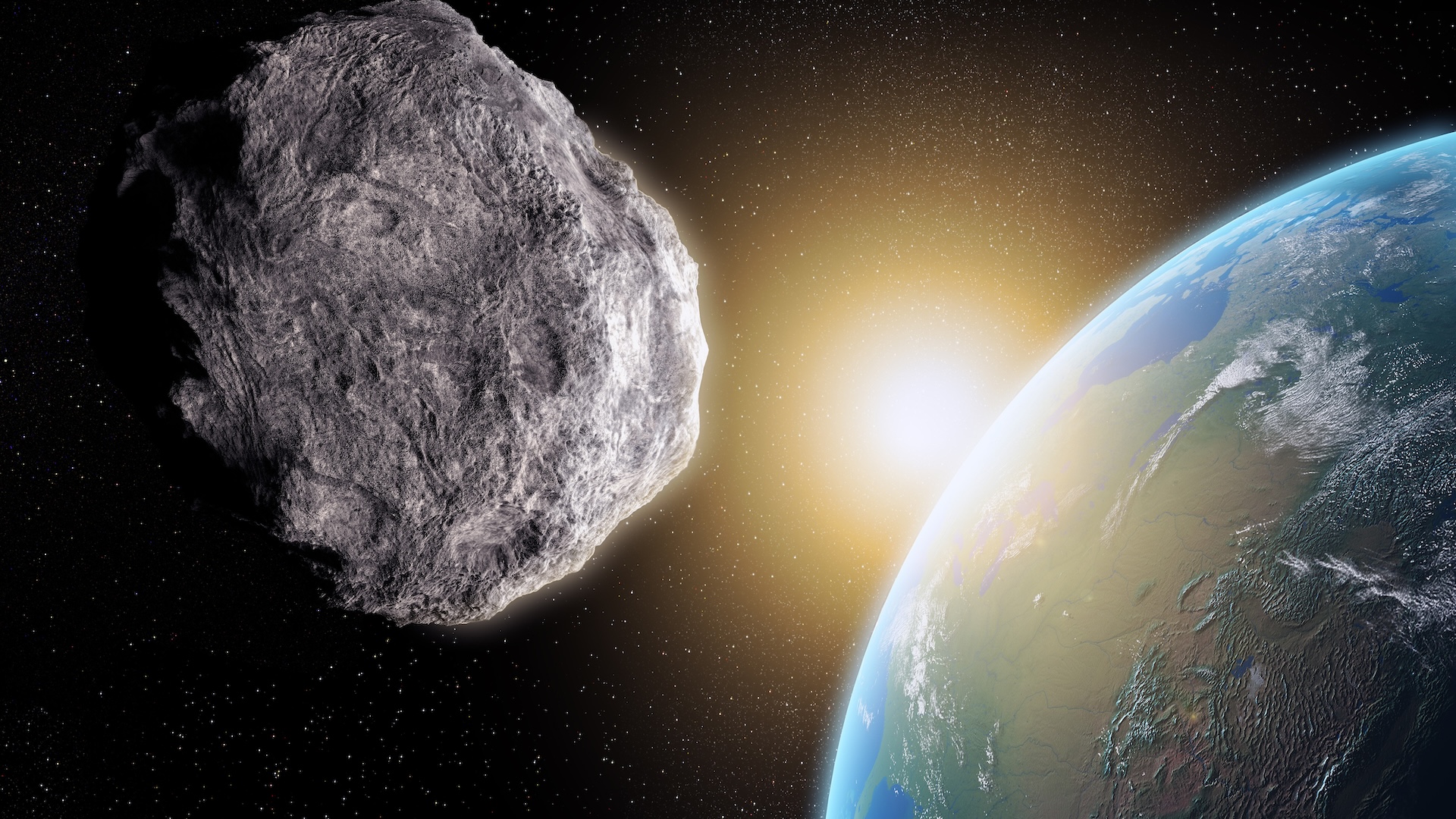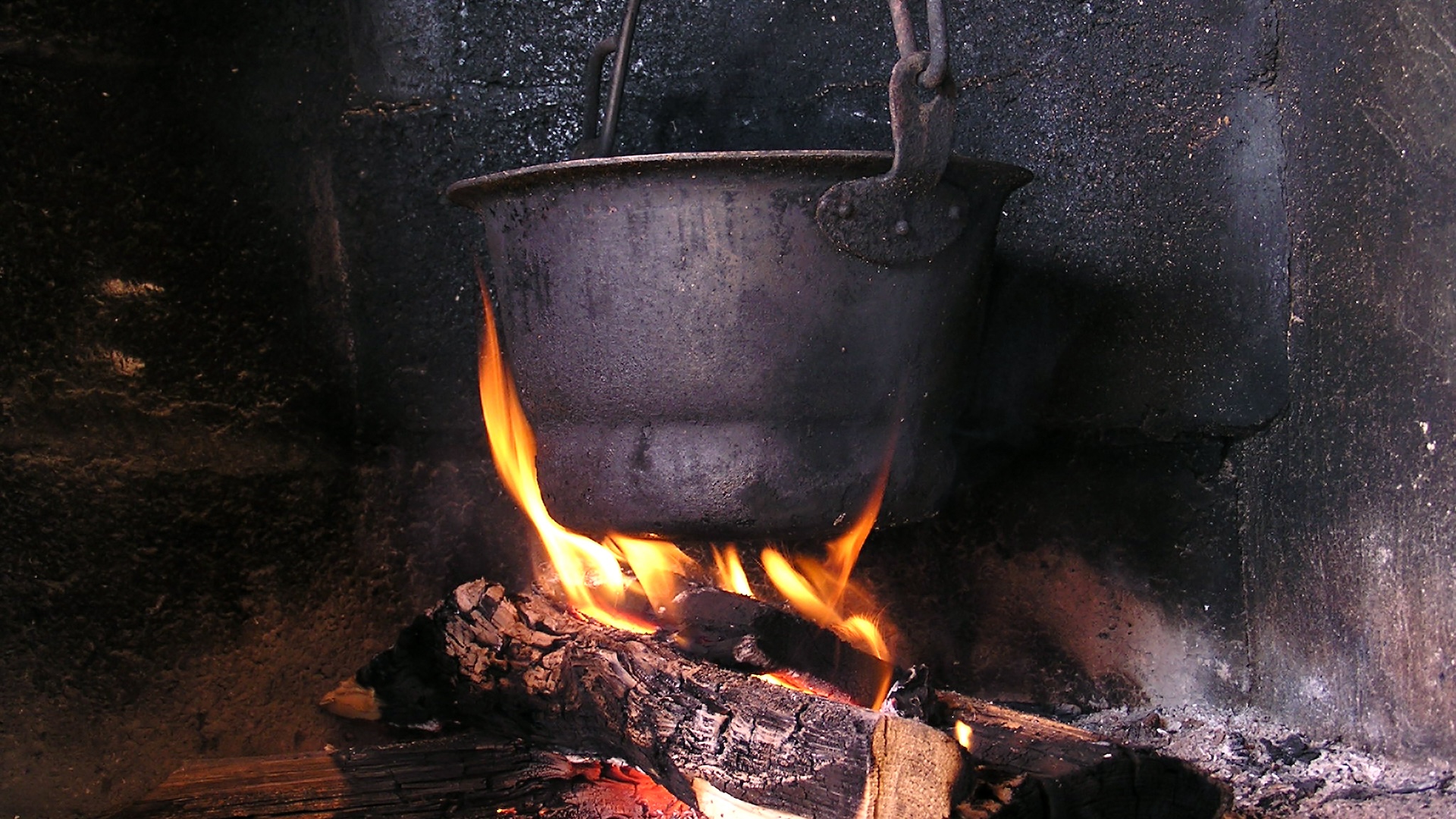Asteroid news, features and articles
Latest about Asteroids
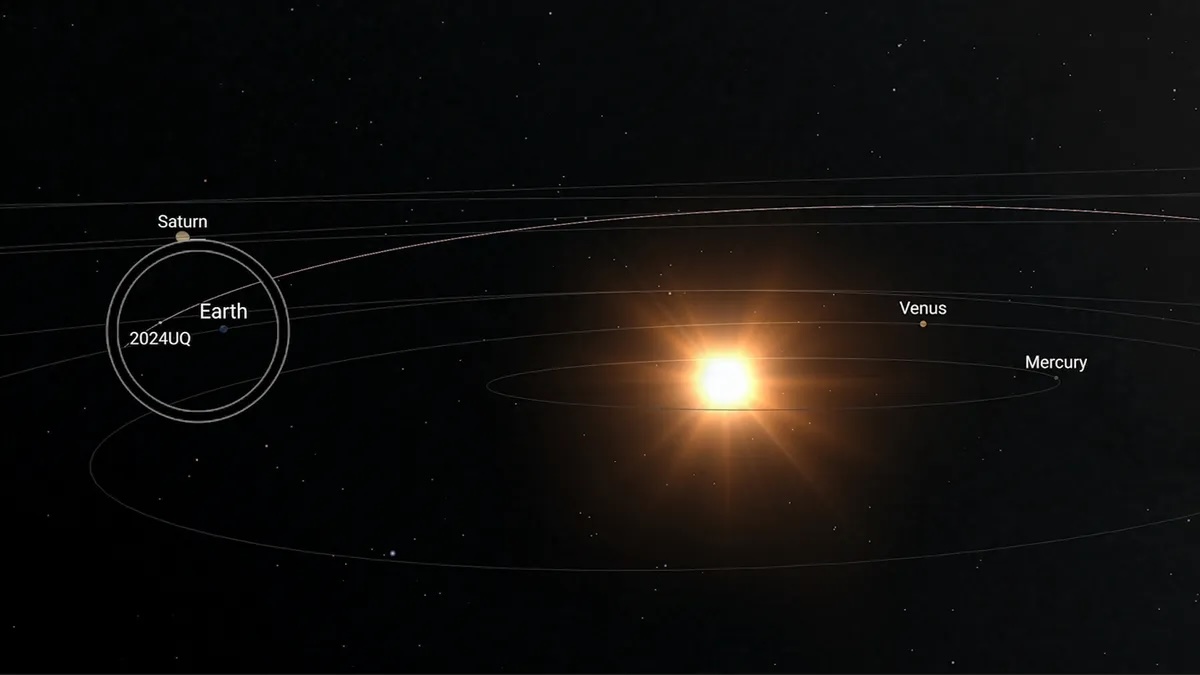
An asteroid hit Earth just hours after being detected. It was the 3rd 'imminent impactor' of 2024
By Brett Tingley published
A small asteroid burned up in Earth's atmosphere off the coast of California just hours after being discovered and before impact monitoring systems had registered its trajectory.
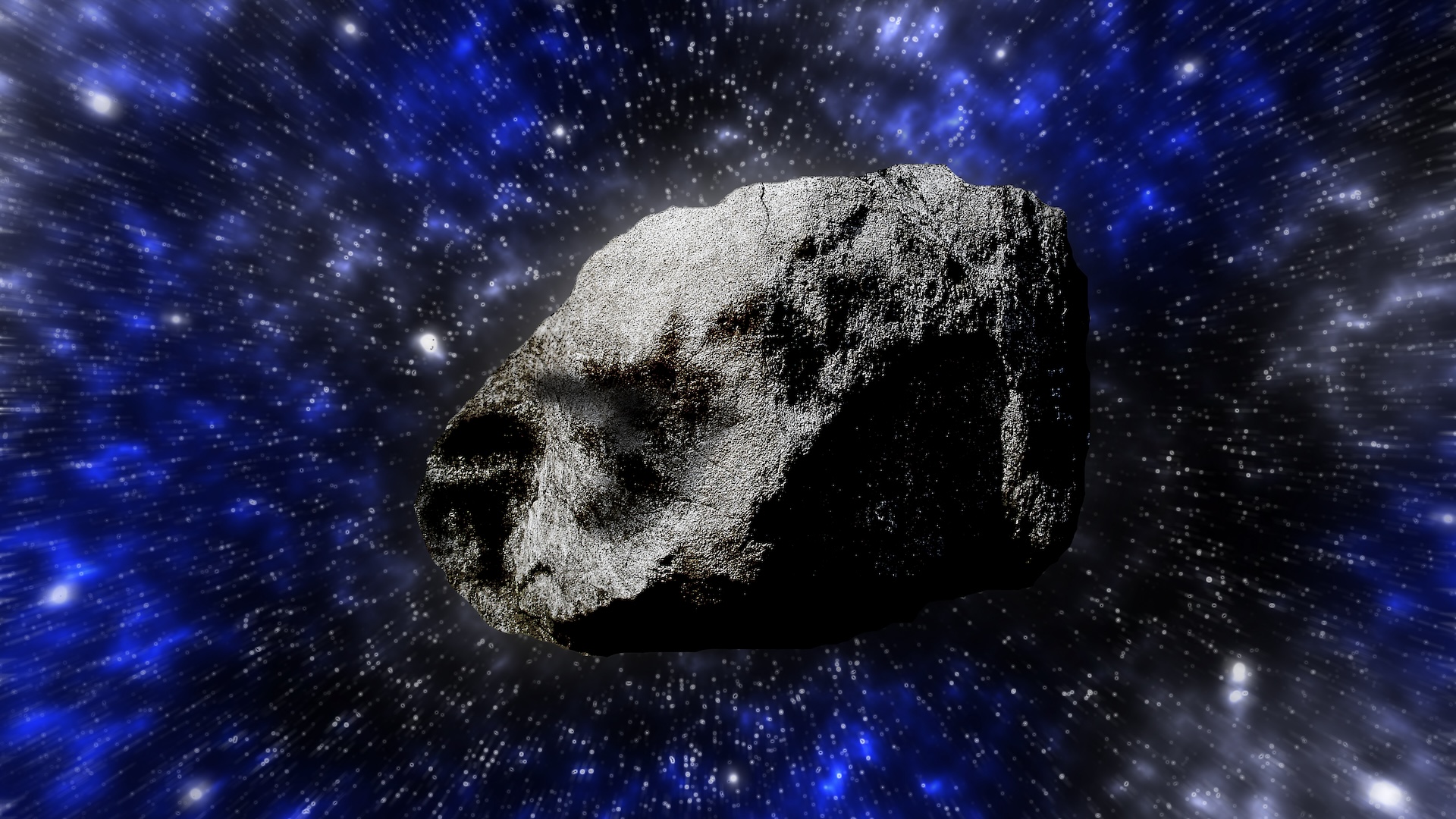
'God of chaos' asteroid may be transformed by tremors and landslides during 2029 flyby of Earth, study finds
By Deepa Jain published
When the 'God of chaos' asteroid Apophis makes an ultraclose flyby of Earth in 2029, our planet's gravity may trigger tremors and landslides that totally change the asteroid's surface.
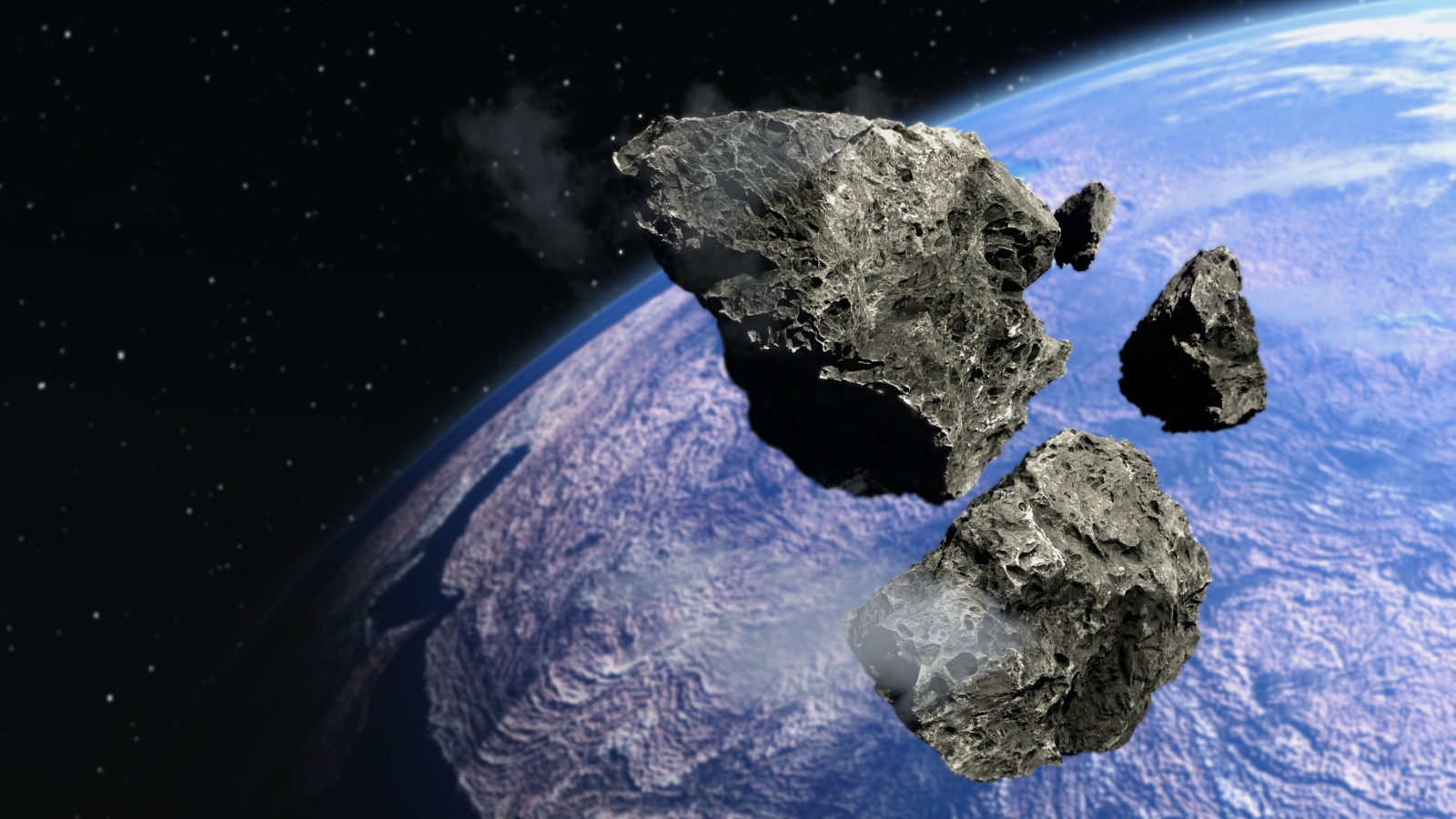
4 large asteroids, including a skyscraper-size 'city killer,' will zoom past Earth in a 12-hour span tomorrow (Oct. 24)
By Harry Baker published
Four "potentially hazardous" space rocks, which are between 100 and 580 feet across, will all make their closest approaches to Earth within less than 12 hours of one another on Thursday (Oct. 24). Two of them were only discovered earlier this month.
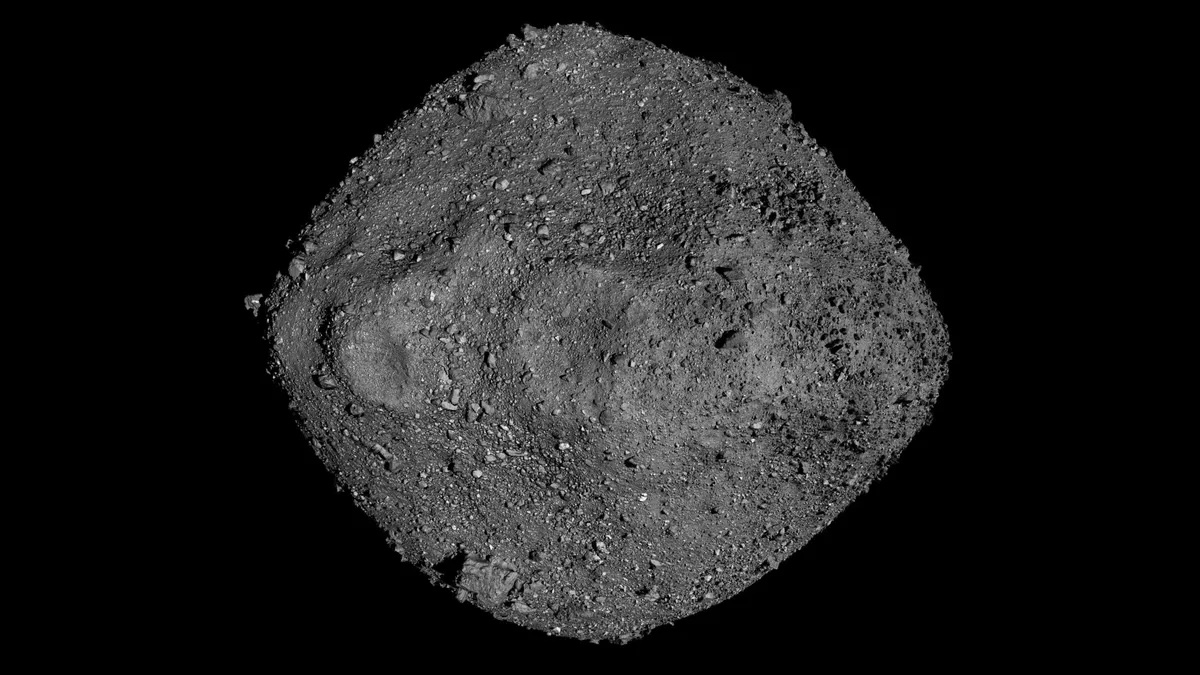
Astronauts could mine asteroids for food someday, scientists say
By Samantha Mathewson published
Material harvested from asteroids could be used to sustain astronauts during long-duration space missions.
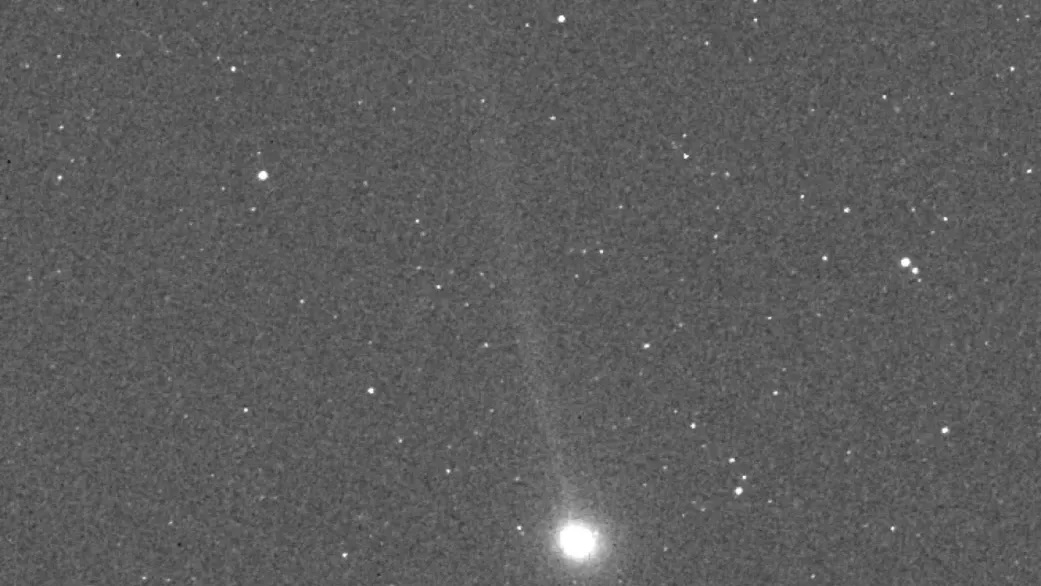
Phew! No 'doomsday' asteroids hide in famous broken comet's debris stream
By Keith Cooper published
The Taurid Meteoroid Stream, which is possibly responsible for the famous Tunguska and Chelyabinsk impacts, probably doesn't hide a civilization-killing asteroid.
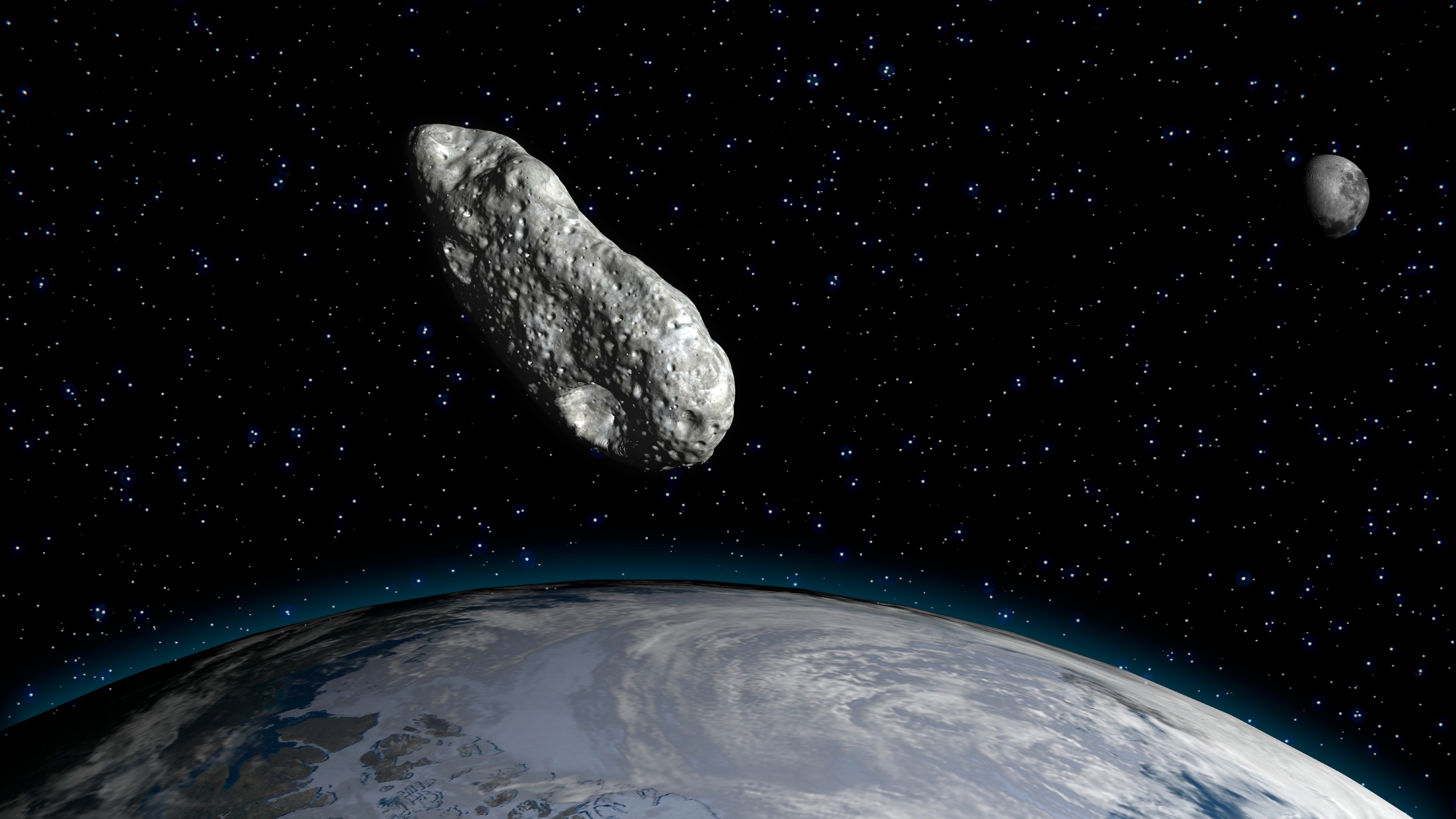
Can you see Earth's new 'minimoon' with the naked eye?
By Brandon Specktor published
On Sunday, Sept. 29, Earth captured a new "minimoon" called 2024 PT5. The bus-size asteroid is expected to orbit our planet for 57 days, but is too small to be visible to amateur skywatchers.
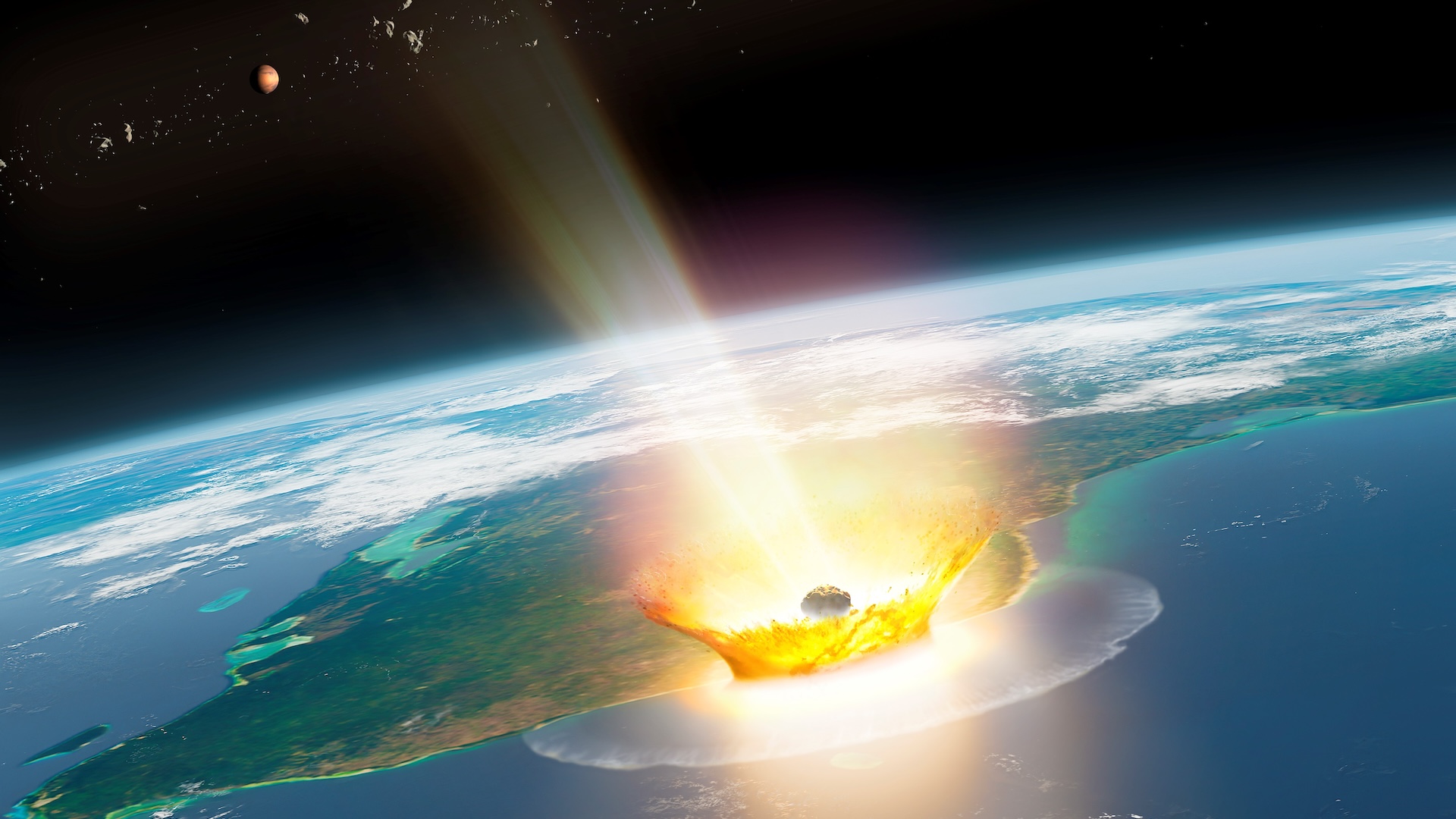
Nuking an asteroid could save Earth from destruction, researchers show in 1st-of-its-kind X-ray experiment
By Ben Turner published
A powerful burst of X-rays from a nuclear explosion could be used to stop Armageddon just in the nick of time, a new experiment suggests.
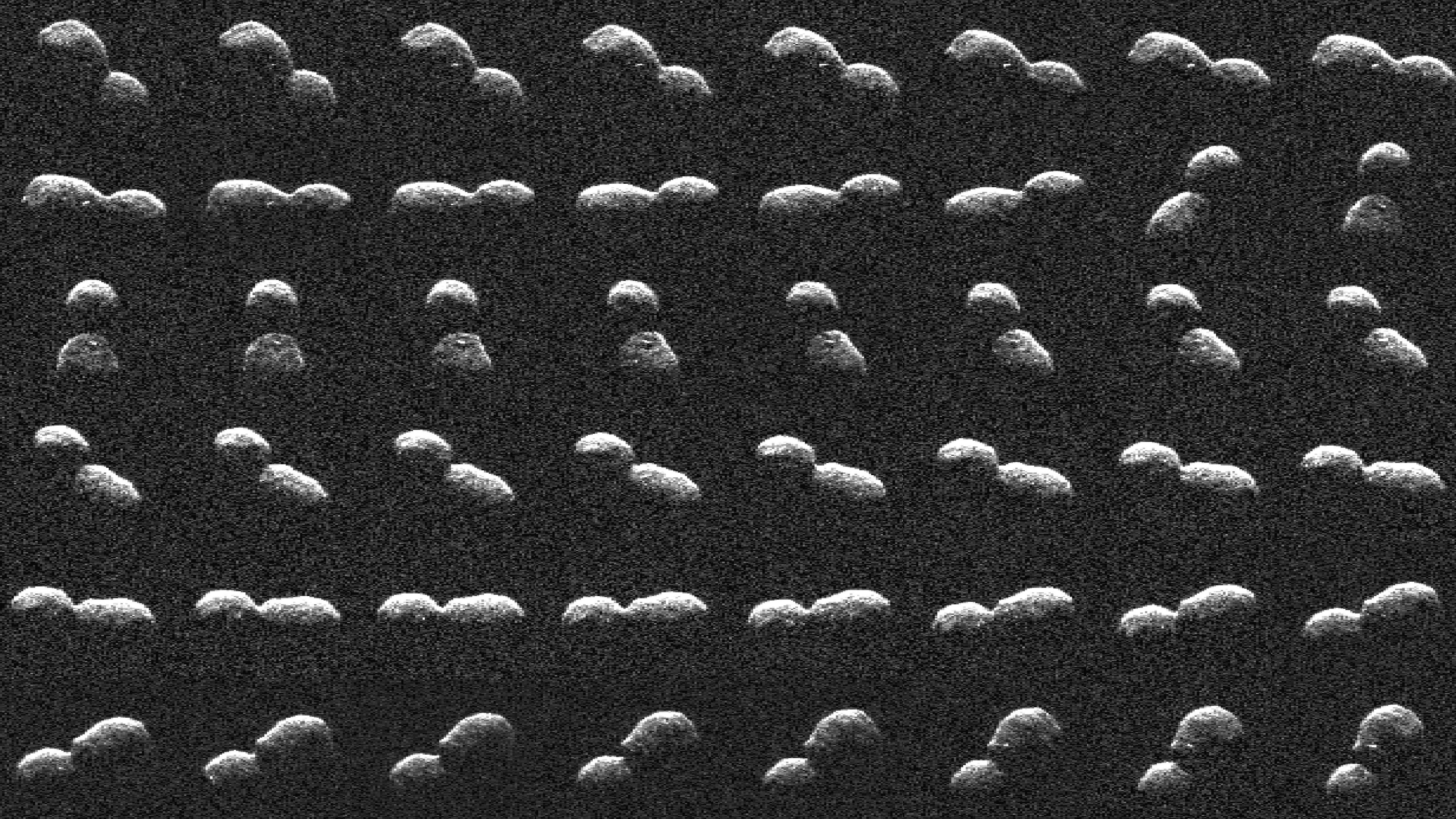
NASA reveals images of enormous, snowman-shaped asteroid 2024 ON after its ultra-close approach to Earth
By Ben Turner published
New close-up images reveal the surprising snowman shape of "potentially hazardous" asteroid 2024 ON, which tumbled safely past our planet on Sept. 17.
Sign up for the Live Science daily newsletter now
Get the world’s most fascinating discoveries delivered straight to your inbox.
